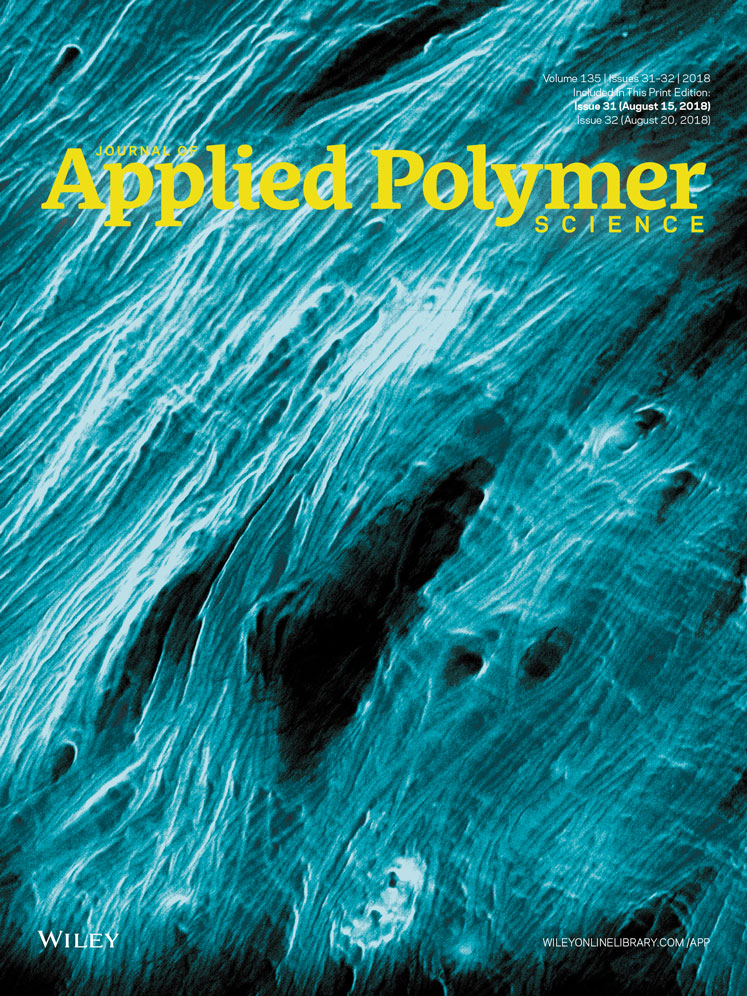Polymeric nanocapsules containing methylcyclohexane for improving thermally induced debonding of thin adhesive films
ABSTRACT
The thin adhesive film with tunable interfacial adhesion can be applied in a broad range of display applications, from optically clear films to flexible devices. We have fabricated adhesive films including evaporable polymeric nanocapsules which can form thermally induced bubble gaps at the interface. These nanocapsules consisted of a poly(methyl methacrylate) core and a polyethyleneimine shell, and were impregnated with methylcyclohexane as a vaporization material. The evaporated core materials facilitated the desorption of thin adhesive film through bubble formation on the adhesive interface after thermal treatment, resulting in improved detachment of the adhesive layer. The optimization of the bubble gaps was performed to adjust the adhesive strength by varying the duration and temperature of thermal treatment, as well as the quenching temperature. The evaporable adhesive film with nanocapsule concentration of 1.0 wt % resulted in high transmittance of 94.9%, with the best adhesive strength reduction of 57.6% obtained after thermal treatment. © 2018 Wiley Periodicals, Inc. J. Appl. Polym. Sci. 2018, 135, 46586.




